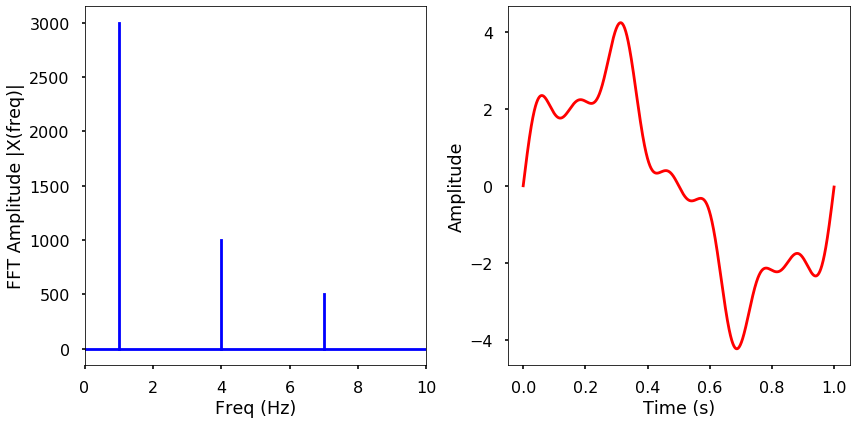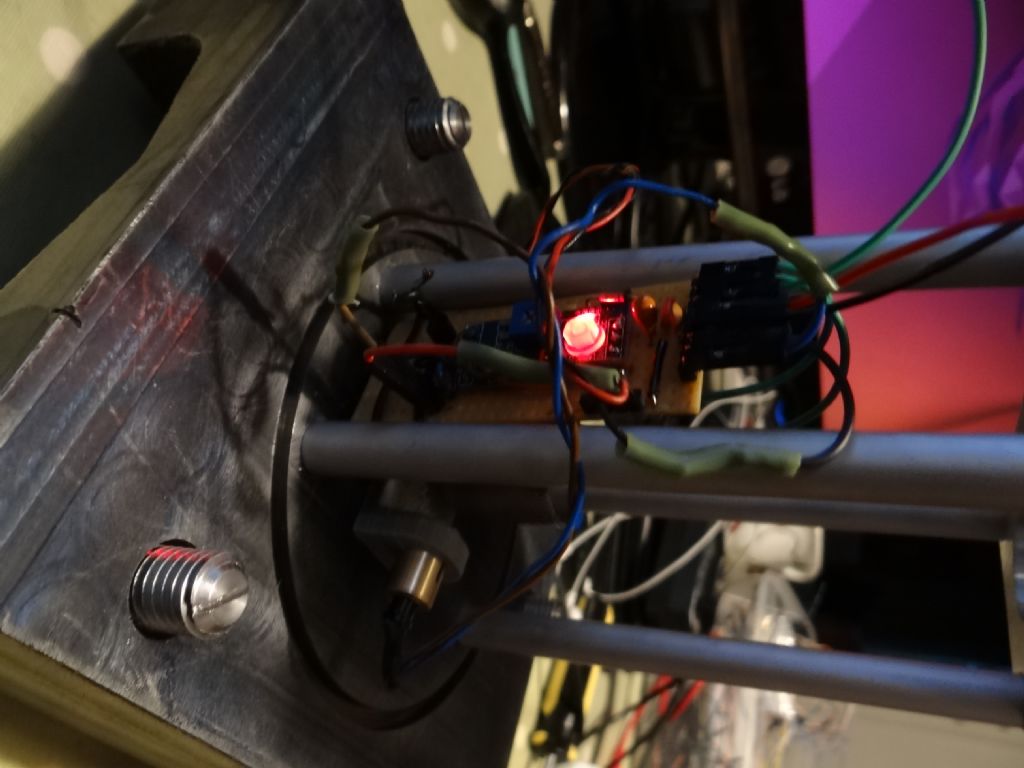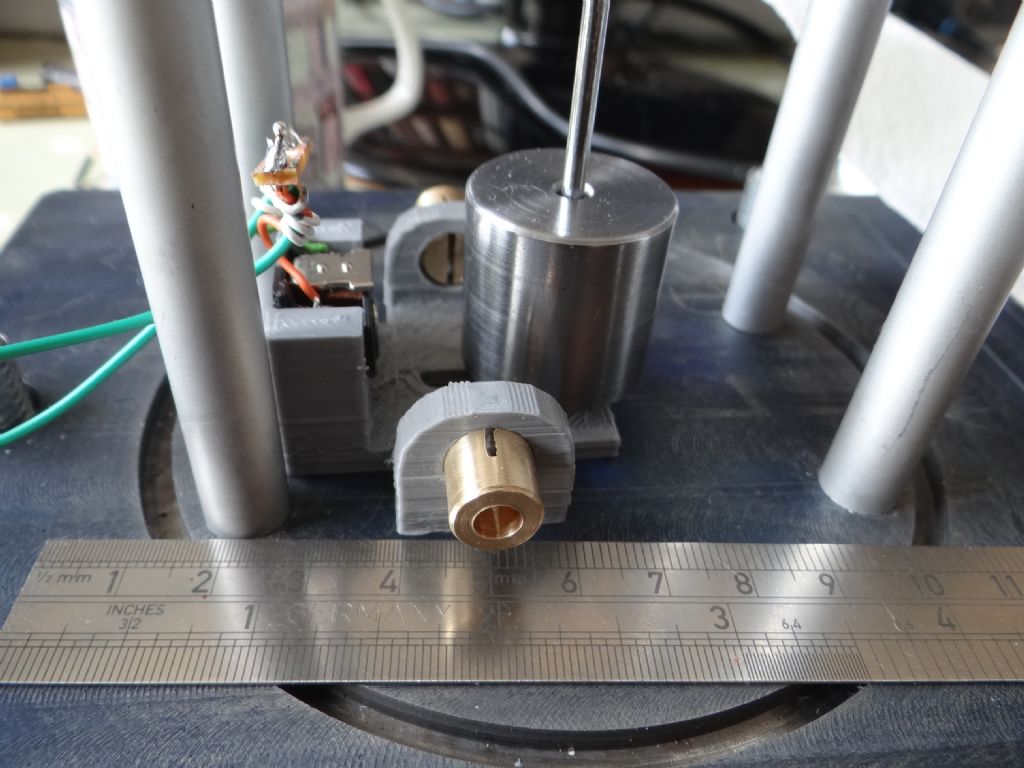Posted by Joseph Noci 1 on 21/04/2023 07:08:07:
Posted by Michael Gilligan on 20/04/2023 22:57:47:…
… assume SOD's bob is 400g, the fibre endures 4N -at 1meter length, and the fibre is 10um, and the bob is nowhere near fixed, and the fibre considerably more damped….Good luck to Mr Fourier on this one.
The actual masses are:
Brass Rod top (connecting to spring) = 9g
Steel Rod = 8g
Steel Bob = 95g
I plead guilty to introducing the unscientific word 'twanging', by which I meant any unwanted oscillations in the pendulum assembly. They cover the bob swinging in ellipses and visual bending of the rod when the bob is impulsed strongly. Ideally the bob swings in straight lines of equal amplitude, and the period isn't affected by the rod flexing. Or anything else, such as the frame. Ideally precision pendulum clocks should made be as rigid as possible and bolted to a heavy wall.
I believe Jean-Baptiste Joseph Fourier confirms my view that the pendulum has more than one mode of oscillation.
(For anyone unfamiliar with Fourier, he derived the maths necessary to extract the original frequencies from a mixture of frequencies, plus their relative proportions. In this example, the red wave on the right it shown as it would be displayed by an oscilloscope. It's a mix of 3 frequencies, but what are they?

The blue chart on the left is the Fourier transform, displaying the signal as a frequency spectrum. It shows the 3 frequencies are 1Hz, 4Hz and 7Hz, that the 1Hz signal is 3x stronger than the 4Hz component, and the 7Hz component is half the amplitude of the 4Hz wave.)
Applying FFT to my log files produces graphs like this example:

A perfect pendulum FFT should only show one frequency. Mine shows two main frequencies, one of which is half the true period*. It also shows 9 smaller components that appear to be related to each other. (Ignore the big zero spike – it's a a mathematical artefact.)
An explanation of the small frequencies might be the pendulum picking up ground vibrations. I doubt it; more likely they are caused by mechanical imperfections in the build, or which there were several! I think the most likely explanation of the harmonically related pair is the rod vibrating.
* Need to confess I suspect the frequency scale of my graph is out by a factor of two: probably 1.2Hz and 2.4Hz rather than 0.6Hz and 1.2Hz. But I'm confident the FFT analysis shows my pendulum vibrates in more than one mode, Q about 9600.
Dave
Edited By SillyOldDuffer on 21/04/2023 11:06:06
SillyOldDuffer.









